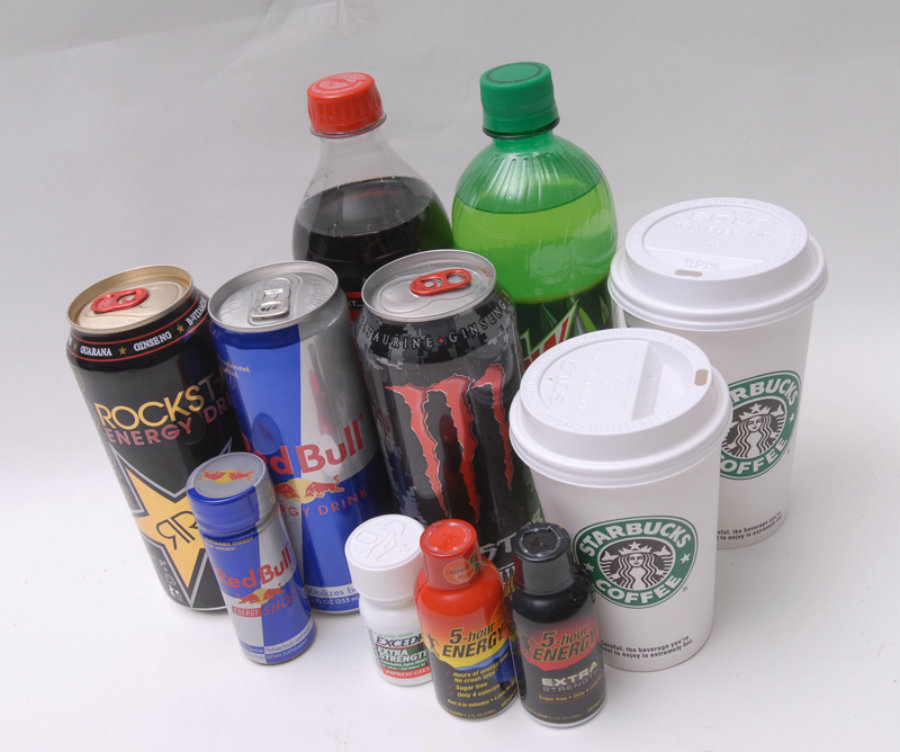Davis Cripe died on April 26 after drinking a large Diet Mountain Dew, a McDonald’s latte and an undisclosed energy drink in less than two hours.
He did not have any preexisting condition, but the caffeine overdose caused him to collapse hours later inside a classroom.

Doctors insist that moderate amounts of caffeine are fine, but that taking so much in such a small time frame can be fatal in rare cases, such as Cripe’s.
Excessive caffeine is easy to obtain
South Carolina Richland County Coroner Gary Watts reported on the death of 16-year-old Davis Cripe. He called for attention on caffeinated drinks, which are completely legal in any instance. According to Dr. Amy Durso, chief pathologist of Richland County, Davis drank the beverages one after the other, which could have caused him to suffer from arrhythmia and die out of heart failure.
His father delivered a public statement where he asked parents to talk to their children about how dangerous these drinks can be. Davis is not the first teen that dies after drinking too many energy beverages.
In 2014, 16-year-old Lanna Hamman died after drinking too much Red Bull. She was out on vacation in Mexico with her friends. While at the beach, they saw that Lanna did not drink any water, drinking copious amounts of Red Bull instead. Hours passed, and Lanna told them she was feeling weird when suddenly she suffered a heart attack, caused by being severely dehydrated and loaded with caffeine.

Just like Davis, Lanna had no previous health conditions. Instead, she was an active girl, a member of her school’s softball team. Because she died in Mexico, her family was then forced to try and gather funds to bring her body home. They managed to raise the $13,000 through their GoFundMe page
In 2013, 19-year-old Alex Morris died from a cardiac arrest after drinking two cans of Monster energy drink, although, in Alex’s case, he drank two cans of Monster every day for three years, according to the lawsuit placed by his family.
The public is trying to put the blame on the companies that sell these drinks, as they apparently try to market their product towards teens and young adults. The first notable case that put the spotlight on energy drinks was the death of 14-year-old Anais Fournier, who died after drinking two cans of Monster energy drink, while doctors hired by the Monster energy drink company suggest that her death was due to preexisting heart conditions. The company is denying any responsibility and claims that there is not evidence to associate their product with the death of their customers.
A San Francisco city attorney decided to sue Monster Beverage Corp for arguably targeting young audiences to buy their drinks. In the end, government representatives joined in subpoenaing Monster and other energy drink companies to regulate their manufacturing and marketing process.
Potentially deadly products freely available
The issue with energy drinks and the death of teens seems to differ greatly from what happened with “Lawn darts.” Lawn darts was a game where the player would launch an oversized dart directed at a circle on the ground, similar to horseshoes. The darts had a heavy metal tip, which was deemed dangerous, and caused the game to be temporarily prohibited, but it was later allowed back into the market with an adult-only restriction.
Unknowingly, David Snow from Riverside California had bought lawn darts years before the ban and kept them stored in his garage. At a family meeting, he took out his box full of lawn games and the kids started playing with the darts. At some point, one of the kids launched the dart high up in the air, and it then landed on the head of David’s daughter. She died three days later.
Snow could not function properly at work, he ignored meetings and could not focus on what his workmates were talking about. He then decided to have the darts out of the market for good before they did more any harm. Snow found out that the lawn darts were sold as a game for adults, and it seemed evident that it did not protect kids whatsoever.
He compiled a case-by-case file of emergency room visits concerning lawn darts, discovering that the apparently harmless toys had injured over 6,000 people.
At first, when he tried to confront regulatory agencies, they told him that he had to prove that the damages caused by lawn darts could justify keeping the toys out of the market. Snow kept pressuring lobbyists and giving interviews, promoting consciousness about the dangers of lawn darts. He even met with close advisers of President Ronald Reagan, and eventually managed to have the support of the government’s safety commissioners. Lawn darts were removed from the market in 1988 and banned from sales in the future. They were later redesigned and allowed back into the market.
Although one may argue that parents should instruct their kids about the dangers of caffeine, one cannot help but wonder why is it that anyone can visit a random vending machine and buy a lethal dose of caffeine for less than $5.
Source: WLTX

Actually he had no KNOWN pre-existing condition. Doctors commented that over consuming caffeine can and in this case likely did trigger an UNKNOWN pre-existing condition. Further they pointed out that statistics show a rise in sudden unprovoked heart attacks that follows the rise in caffeinated drinks.
What doctors forgot to mention is that caffeine is simply replacing exercise and sports as the trigger for unknown pre-existing conditions. Basically unknown pre-existing conditions will get the average person one way or another if they are active in ANY way.